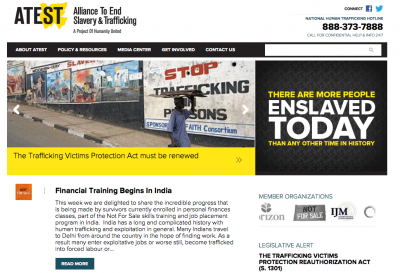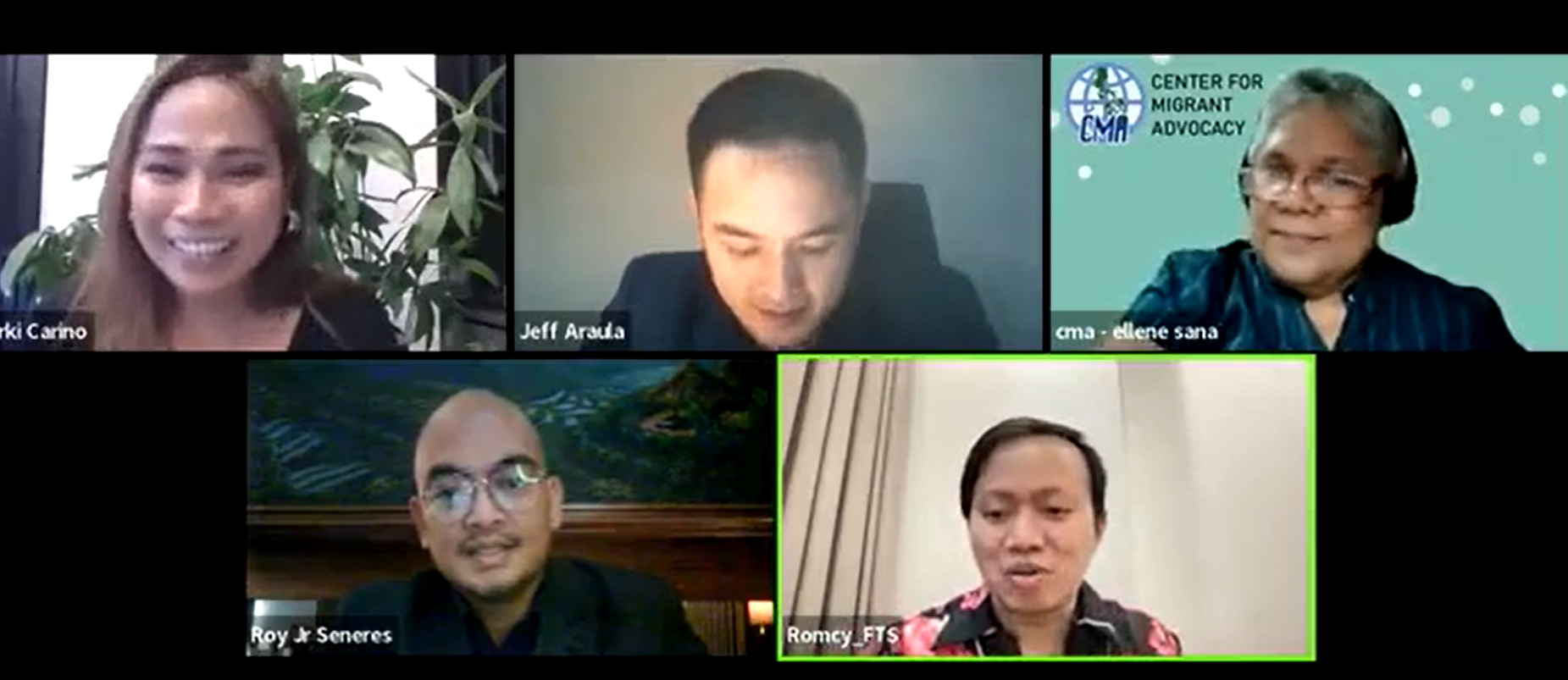A roadmap to strengthen America’s efforts to combat modern slavery was delivered to the White House today. It’s called “The Path to Freedom.”
It’s filled with dozens of specific recommendations for the Obama administration’s second term. The report was prepared by the Alliance to End Slavery and Trafficking (ATEST) a coalition of leading anti-slavery groups, including Free the Slaves.
“The U.S. has been a global leader in fighting trafficking, but the number of people in slavery worldwide is the highest it’s ever been,” says FTS programs director Karen Stauss.
“What’s needed is a truly historic effort to end slavery once and for all,” she says. “The ‘Path to Freedom‘ lays out how the Obama administration can shape history by turning the tide on slavery in the next four years.”
In September, the president pledged during a speech at the Clinton Global Initiative to step-up anti-trafficking efforts. He issued an executive order to prevent trafficking by federal contractors, he promised to expand services for victims, and he committed to developing a long-term plan to combat trafficking.
ATEST’s “Path to Freedom” provides comprehensive, detailed steps that Obama can take to deliver on his pledge. These include:
- Begin immediately to work with Republicans and Democrats in Congress to reauthorize the lapsed Trafficking Victims Protection Act (TVPA), which provides critical resources and new tools in the fight against human trafficking and modern-day slavery.
- Develop a National Action Plan based on a “whole of government approach” that coordinates all available resources and tools instead of providing piecemeal solutions.
- Back up its commitment to fighting human trafficking and modern-day slavery with a Fiscal Year 2014 budget request that fully funds critical initiatives.
- Partner with willing countries to create innovative, focused and comprehensive approaches to combat human trafficking, forced labor, and other forms of modern-day slavery around the world.
“We hope they’ll answer the call. We’re ready to help,” Stauss says. “An important recommendation we’ve made, especially in the current economic climate, is that funds we are already spending on international development be leveraged to fight slavery and poverty at the same time — many of the same countries are highly vulnerable to both.”
Today’s release of “The Path to Freedom” comes as ATEST unveils its new website, filled with resources to guide policy makers. Check it out:




